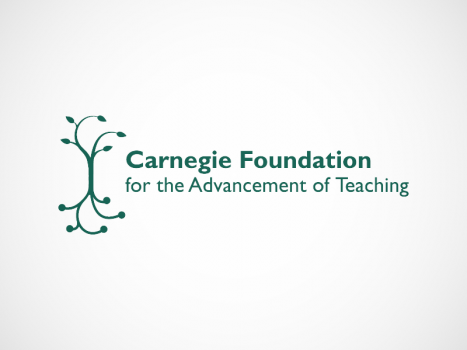The Carnegie Foundation’s latest brief, Strategies for Enhancing the Impact of Post-observation Feedback for Teachers, examines the struggle to use post-observation conversations effectively to support and develop teachers.
In recent years, many states and districts have begun to incorporate classroom observations as a required part of their teacher evaluation systems. In addition to the classroom observations, school administrators (most commonly principals) are called on to provide timely and useful feedback to teachers.
Understandably, combining a professional development activity (feedback conversations and potentially the related coaching) with an accountability-focused activity (performance evaluations) makes classroom observations a source of worry for teachers. Teachers report feeling threatened and anxious for a variety of reasons.
Combining a professional development activity with an accountability-focused activity makes classroom observations a source of worry for teachers.
First, evaluations are based on only a “thin slice” of teachers’ responsibilities or performance — often just one instructional period on one day. Second, classroom observations are conducted using vague protocols that create unclear expectations. Third, post-observation conferences often lack the helpful information that might provide ways to improve their teaching. Finally, there is little professional support for acting on feedback, and this creates a sense of disempowerment among teachers.
In response to these challenges, Carnegie recommends a set of strategies to enhance the post-observation feedback conversation:
- Scaffold listening strategies such as paraphrasing, reflecting, taking notes, and asking follow-up questions to make both participants (principal and teacher) feel heard and understood.
- Lay out the sequence of the conversation into a predictable format where the teacher knows exactly what is going to happen. This can reduce the anxiety associated with unclear expectations.
- Start the conversation with a positive statement about what the teacher does well and can build upon. This affirms that the conversation is aimed at supporting their teaching and reduces concern of being at risk for termination.
- Encourage teachers to reflect on their own practice and address their own concerns or areas for improvement.
- Foster a sense of control and empowerment by asking teachers to share their concerns before the observer.
- Research shows that feedback is more likely to be applied if it was sought out to begin with; asking teachers to identify areas in which they would like feedback develops ownership.
- Reserve time at the end of the conversation to identify next steps. This encourages teachers and administrators to focus on implementing changes to improve teaching.
For more background on post-observation feedback conversations and an example of a conversation that incorporates all of the recommendations listed above, download Carnegie’s newest brief.
August 8, 2013
In a recent New York Times Sunday Review article, Clinton Leaf questioned the effectiveness of traditional clinical drug trials. We argue that improvement science is an alternative, effective research method.
August 26, 2013
Human capital is the largest single investment that K-12 districts make to influence student outcomes. A Human Capital Framework for a Stronger Teacher Workforce presents a framework to build a stronger teacher workforce.





